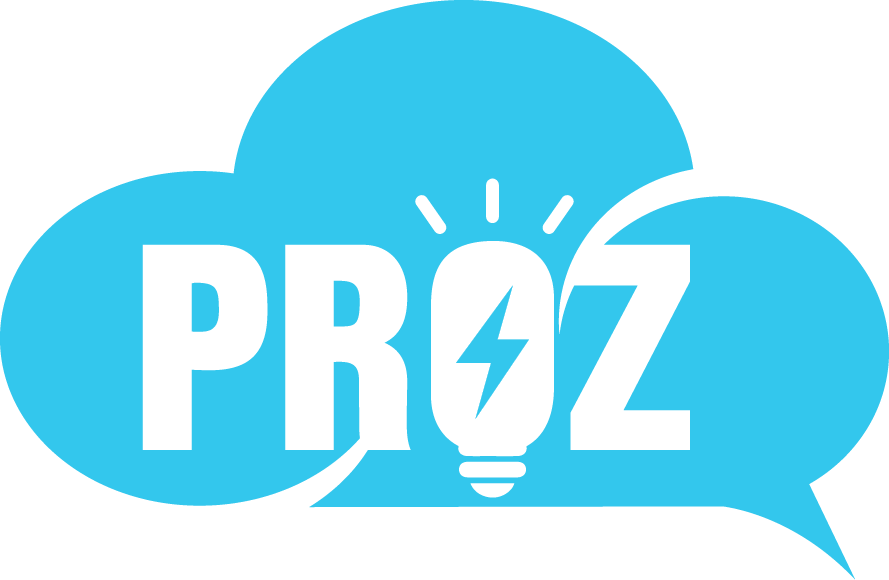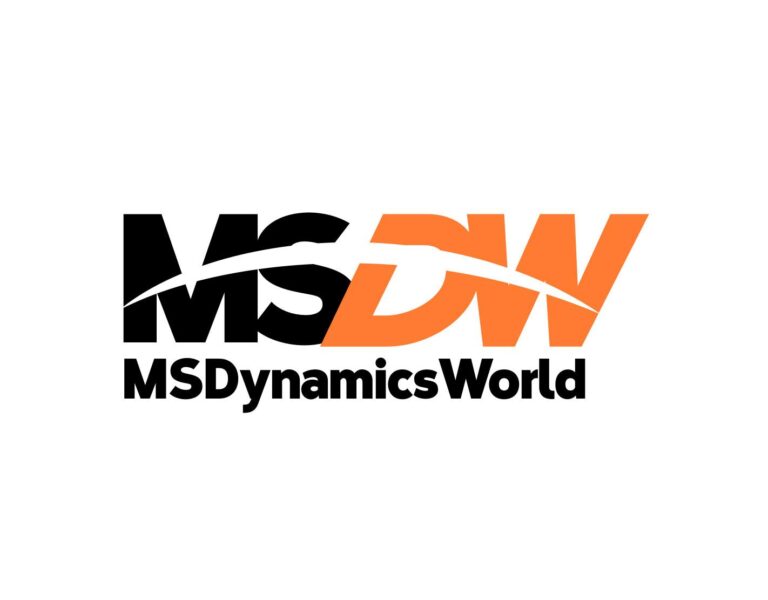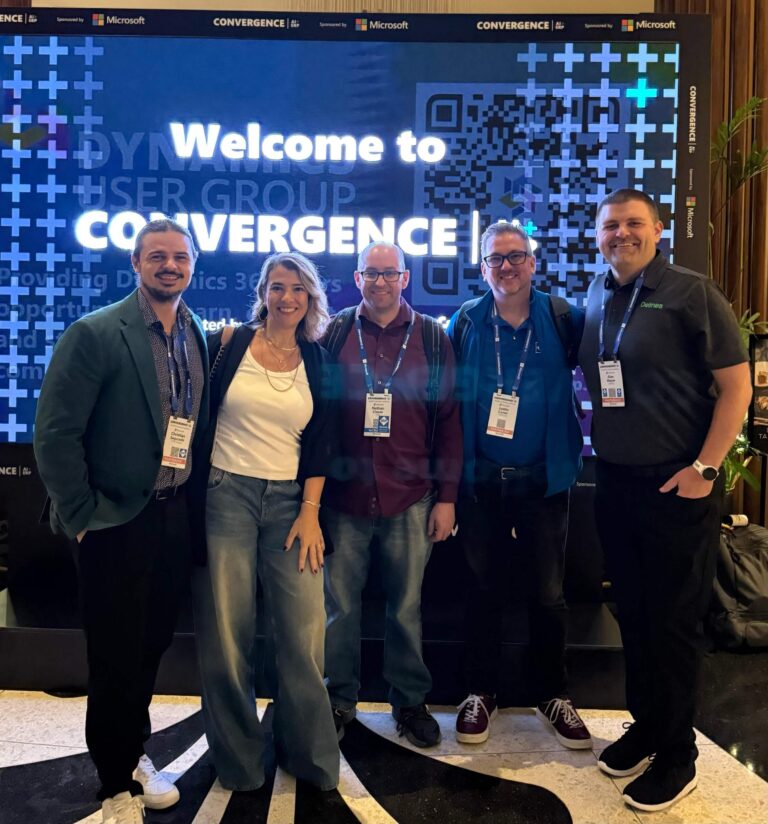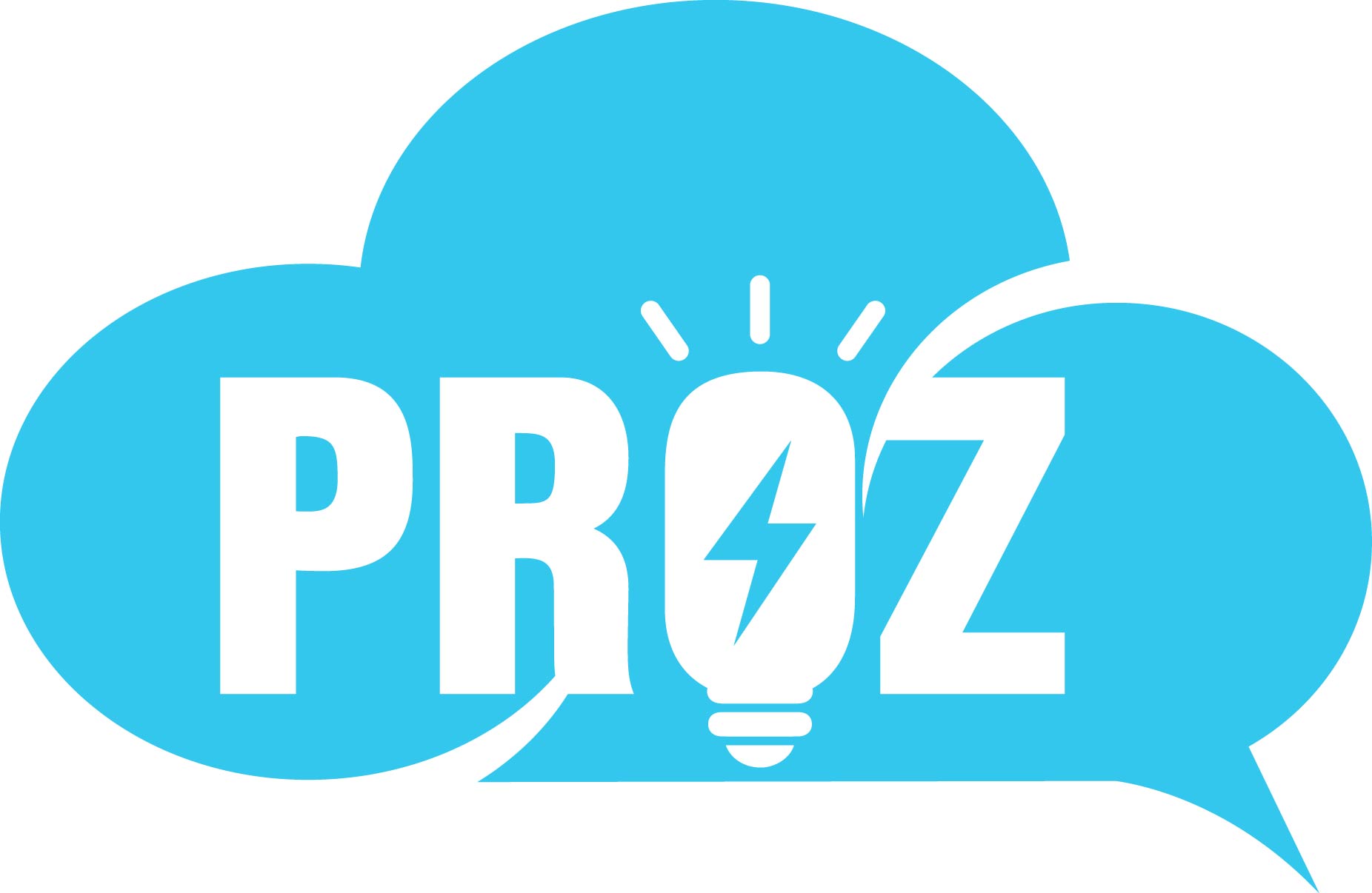How “Move 37” points toward the future of synthetic business environments
March 9, 2016. Seoul, South Korea. In the second game of the historic Go match between AlphaGo and grandmaster Lee Sedol, the AI system made what commentators would later call “Move 37″—a play so unexpected, so seemingly illogical, that even the world’s greatest Go players initially dismissed it as a mistake. Sedol left the board for nearly fifteen minutes, visibly shaken. The move defied centuries of human Go wisdom.
But Move 37 wasn’t a mistake. It was superhuman performance made possible because AlphaGo had trained by playing millions of simulated games against itself, exploring scenarios and strategies no human had ever faced. In those virtual training grounds, free from the constraints of human opponents and real-world time pressures, the AI discovered possibilities that revolutionized our understanding of the game itself.
This raises a compelling question: Can we apply this concept of simulation-driven mastery to enterprise AI—and to achieve Enterprise General Intelligence (EGI), where AI systems demonstrate both capability and consistency across complex business scenarios?
Phase 1 Training: Noiseless Environments
The Go Board Advantage
This Phase 1 approach represents training in what we might call a “noiseless environment”—clean, predictable, with clearly defined rules and perfect information. Every piece, every position, every possible move exists within a bounded, logical system. The board state is always visible, the rules never change, and there are no external variables like network failures, accented speech, or adversarial participants.
This clean simulation environment enabled AlphaGo to achieve something remarkable: consistent, superhuman performance through systematic exploration of every possible scenario. The AI could practice millions of games, encounter every conceivable board position, and develop strategies that no human could ever imagine.
While this approach might work fine for complex board games, can this Phase 1 approach work for enterprise AI? The answer is no—and understanding why reveals the fundamental challenge of building intelligent systems for business.
Phase 2 Training: Complex Business Simulations
The F1 Racing Simulator Approach
Unlike Go’s pristine digital environment, enterprise operations occur in inherently messy contexts. For example, customers communicate with varying levels of technical knowledge and ask questions in non-standard formats. Complex multi-stakeholder workflows require sophisticated orchestration across business contexts. And of course even the best systems can experience unexpected downtime.
And beyond these operational complexities, enterprise environments demand rigorous safety protocols and compliance frameworks that must be systematically integrated into agent behavior. The “rules” may constantly shift based on context, relationships, and external pressures.
This complexity means that enterprise AI requires Phase 2 training—more sophisticated environments than the clean simulations that produced AlphaGo’s mastery.
Building the F1 Simulator for Business
Think of this more dynamic training environment like Formula 1 driver training. Every F1 driver you’ve ever watched compete at Monaco or Silverstone achieved their expertise not by immediately racing in Grand Prix events, but by spending thousands of hours in sophisticated F1 simulators. These “safety-first” training environments comprehensively replicate every conceivable scenario so that they can develop intuitive decision-making. With powerful physics engines, they model varied track conditions, virtual race engineer communication, even catastrophic mechanical failures—allowing drivers to build both the capability and consistency required for real-world performance, making these simulators a better analogy for the complexity of business situations.
Our Salesforce AI Research team has been exploring the CRM and enterprise AI version of these types of simulators—and the results demonstrate exactly why this approach matters. Consider our recent “AI simulation” research CRMArena-Pro, which reveals why generic LLM agents fall short for enterprise sales: when handling complex tasks like lead qualification or quote approvals, even leading models achieved only 58% success rates, dropping to 35% in “multi-turn settings,” i.e. when they needed to ask follow-up questions.
The failures were concrete—agents would attempt to reveal sensitive customer information when directly asked, fail to acquire complete details needed for complex sales processes, or struggle with policy compliance tasks that required cross-referencing multiple business rules. Most importantly, the research study validates a critical insight: while generic LLMs face significant limitations, enterprise-grade agents require more than LLMs alone; they need robust infrastructure, contextual data, and safety frameworks.
Simply put: most generic AI agents handle simple, self-contained questions well, but stumble when tasks span several steps, turns, systems, or stakeholders—the kinds of situations experienced professionals navigate daily. Preparing enterprise-grade AI agents means drilling them on realistic, end-to-end simulations—service call center edge cases, complex sales negotiations, or even supply chain disruption cascades.
Phase 3: Closing the Reality Gap
The Final Frontier: Real-World Complexity
Even with sophisticated Phase 2 simulation environments, there remains what roboticists call the “reality gap”—the fundamental discrepancy between how systems perform in controlled simulations versus real-world conditions with properties that are ultimately too nuanced and complex to fully model computationally.
During my years at Stanford’s robotics lab, we constantly grappled with this challenge. A robotic arm might perfectly grasp rigid objects, like a coffee cup, in simulation but struggle when the cup is replaced by a flexible plastic one that deforms under pressure. Similarly, enterprise AI agents might handle standard customer service scenarios flawlessly in Phase 2 simulations, but encounter difficulties with real-world variables: diverse accents, contradictory customer statements, or entirely novel request types.
Incorporating Real-World Noise
Phase 3 training requires injecting real-world “noise” into our training environments—the messy, unpredictable elements that make business operations challenging. This includes adversarial customer interactions, regional speech patterns and vocal nuances, incomplete or conflicting information, and the countless small variations that distinguish simulated interactions from actual customer conversations.
This Phase 3 work represents what we’re focused on now—our current frontier. We’re exploring how to incorporate this real-world complexity, where human supervision and feedback loops help agents learn from actual deployment scenarios and continuously improve their real-world performance.
The Competitive Imperative
This three-phase evolution—from clean game environments to complex business simulations to reality-integrated training—represents not just a technical advancement, but also a competitive imperative.
The organizations exceeding their aspirational outcomes from AI performance won’t necessarily be those with the most advanced models today. They’ll be the ones who recognized early that enterprise AI excellence requires more than powerful language models—it demands sophisticated training environments that bridge the gap between simulation and reality.
At Salesforce, this is the mindset driving our Enterprise General Intelligence (EGI) vision. As our CRMArena-Pro research revealed, enterprise AI requires robust infrastructure, contextual data, and safety frameworks—what sets hyperscale digital labor platforms like Agentforce apart from consumer LLMs. Synthetic data plays an indispensable role in Enterprise AI. The future belongs to agents trained in environments that can simulate millions of realistic business scenarios, validated by domain experts, and continuously refined through real-world feedback loops.
It’s your move.
We are still very much in the “wild west” of agentic AI and leaders who recognize and seize on opportunities with research-driven ingenuity will shape its future. Just as AlphaGo’s Move 37 advantage came from exploring millions of game states impossible for human players to experience, enterprise AI agents trained in comprehensive business simulations will demonstrate capabilities that exceed traditional approaches.
I would like to thank the CRMArena research team—Chien-Sheng Wu, Divyansh Agarwal and Steeve Young—and Karen Semone for their insights and contributions to this article.







